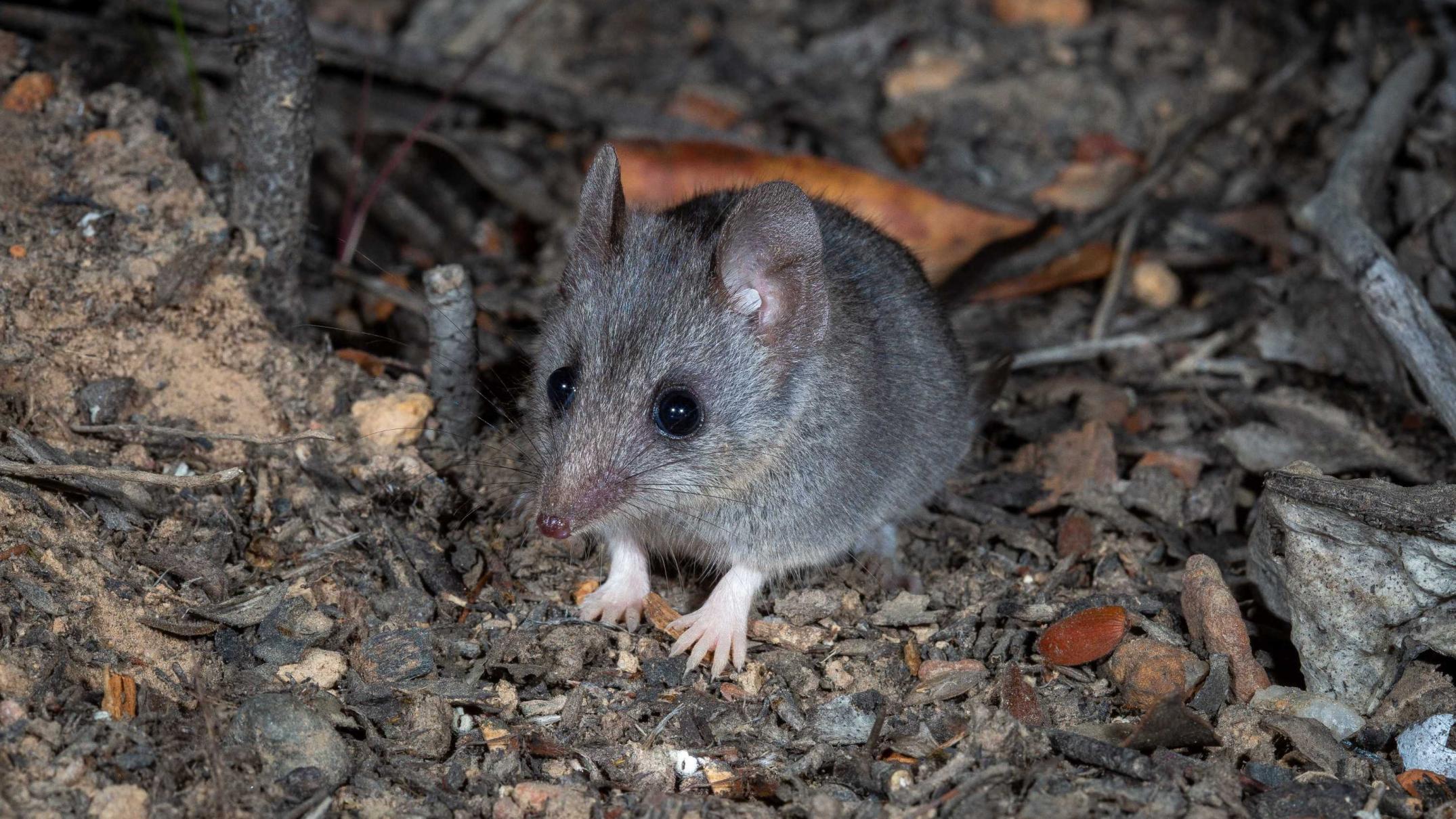A wildlife refuge to protect some of Australia’s most endangered animals has opened on Kangaroo Island.
Key points:
- The Western River Refuge covers 370 hectares of protected scrub for endangered species
- The dunnart is one animal protected in the area due to its declining population
- The $1.8 million project is a partnership between the Australian Wildlife Conservancy and local groups
The Western River Refuge spans almost 370 hectares and is ringed by a six-foot tall electric fence to provide a safe habitat for vulnerable species, including the critically endangered Kangaroo Island dunnart.
More than 90 per cent of the marsupial’s habitat was destroyed by bushfires which engulfed nearly half the island early last year.
The Australian Wildlife Conservancy’s Tim Allard said the dunnart population is dwindling.
“The dunnart is a very difficult animal to monitor, it’s a tiny little animal about the size of your hand,” Mr Allard said.
Mr Allard said bushfires have also left the animals more vulnerable to feral cat attacks, because there is less vegetation to take shelter in.
Feral cats are the major cause for mammal extinction in Australia.
Mr Allard said the 8.8-kilometre-long fence has been specially designed to keep the predators out.
“We know with the work we do across Australia that feral predator proof fencing is really the only way of mitigating the impact of feral cats, so this project — we’ve built it, we’ve secured the future of these critically endangered species,” he said.
The $1.8 million project is a partnership between the Australian Wildlife Conservancy, Kangaroo Island Land for Wildlife organisation and private landholders, and was made possible through fundraising efforts.
While the protection of the island’s dunnart population was a priority, Mr Allard said many other species would benefit from the refuge.
“It’s also providing refuge for the Kangaroo Island echidna, western whipbird, Southern emu wren, there’s also been some koalas in the region as well,” he said.
“Our ecologists have been working hard to secure a viable population of the species within the refuge and we’re delighted that they are now breeding and doing well.”
,




